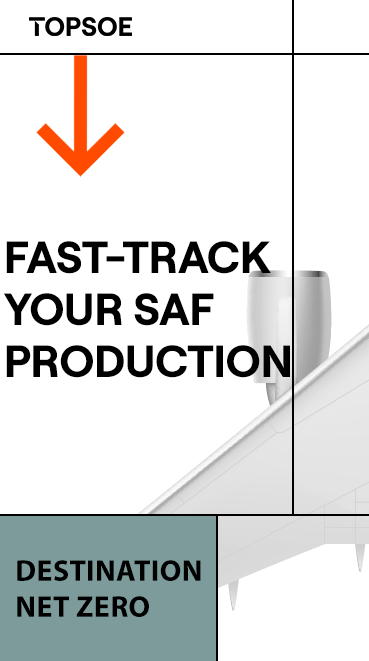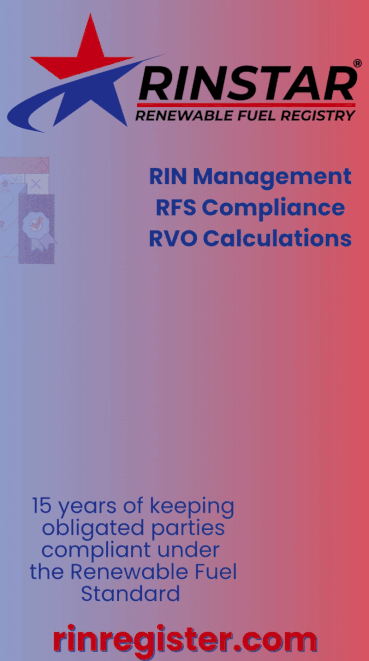Biden administration fails to fully recognize rendering in US strategy to reduce food loss, waste
- The North American Renderers Association
- Jun 18, 2024
- 2 min read

The North American Renderers Association announced June 14 that while the organization appreciates the references to rendering in the Biden administration’s recently released final National Strategy for Reducing Food Loss and Waste and Recycling Organics, NARA remains significantly concerned that the final strategy fails to fully recognize the rendering industry’s tremendous contributions to reducing food loss and waste by diverting 54 million pounds of raw material from landfills each year.
“The final strategy seems to pick winners and losers by making it clear that only certain technologies will benefit from new agency funding and research initiatives, at the disadvantage of existing technologies,” said Kent Swisher, the president and CEO of NARA. “This approach does not move us closer to meeting the goal of halving food loss and waste (FLW) and reducing greenhouse-gas emissions by 2030. Instead, it simply incentivizes shifting the food-waste supply stream from one industry to another at the expense of renderers who are already making substantial impacts.”
To ensure that rendering is a part of the national strategy, NARA urges U.S. EPA to revise its wasted food scale to reinclude rendering as a key waste-management strategy.
The scale’s current exclusion of rendering overlooks a vital component of the circular economy that significantly contributes to waste reduction.
NARA echoes the sentiments expressed in the letter led by Sens. Roger Marshall and Michael Bennet, signed by the Senate agriculture committee chair Debbie Stabenow and ranking member John Boozman, urging EPA to update the wasted food scale.
This suggestion highlights the critical need for an inclusive and comprehensive approach to waste management.
The best way to achieve America’s food-loss and waste goals is to adopt a results-oriented approach that is technology neutral.
The administration can demonstrate its commitment to bringing all relevant stakeholders to the table by revising the wasted food scale to include the rendering industry in recognition of rendering’s role as the largest recycler of organic material.
Emphasizing other technologies ahead of rendering will actually increase the carbon footprint of our food system and negatively impact the environment.
NARA noted that the administration should not promote and encourage the adoption of the wasted food scale by state and local governments when it is incomplete and not based on a comprehensive analysis of all relevant waste-management pathways.
“A truly effective national strategy must recognize and incorporate all viable solutions, including rendering, to foster a sustainable circular economy,” NARA stated.
NARA called on the administration and relevant agencies to revise their strategies and policies to fully integrate rendering as a recognized and supported method of reducing food loss and waste.

























-RKstandin.jpg)





